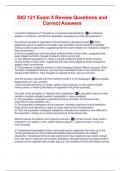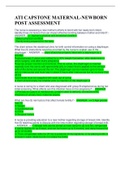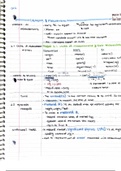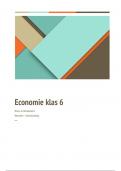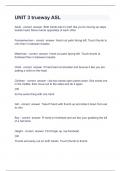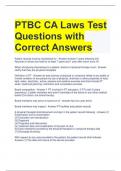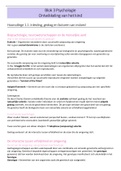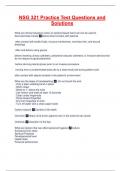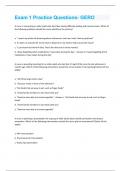Exam (elaborations)
BIO 121 Exam 5 Review Questions and Correct Answers
- Course
- Institution
Lamarck's hypothesis of "inheritance of acquired characteristics". an individual adapts in its lifetime, and that this adaptation is passed on to the next generation. the various example of inspiration that led Darwin to develop his idea Extinct glyptodons (giant armadillo) and modern-day armadill...
[Show more]
